Aluminum Die Casting Metals
LK Die Casting Machine / 2024-07-17 10:43:33
Aluminum die-casting metal is widely used in various industries.
With its excellent physical and mechanical properties, it occupies an important position in the fields of automobiles, aviation, electronics, construction, etc.
The aluminum die-casting process not only improves production efficiency but also significantly reduces costs.
This article will discuss in detail the characteristics, processes, applications, advantages, and future development trends of aluminum die-casting metal.
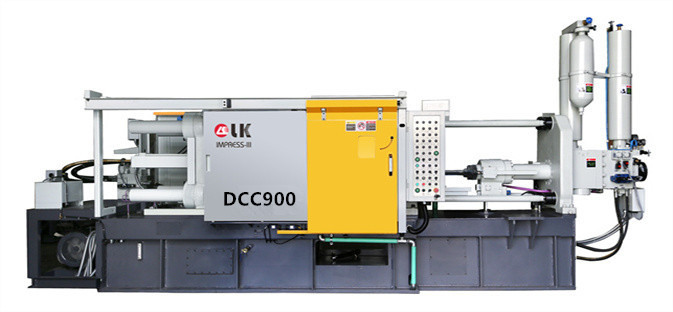
1. Characteristics of aluminum die-casting metal
1.1 High strength and lightweight
Aluminum is a light metal and the density of aluminum is 0.0975 lb/in3, and magnesium density for magnesium alloy is 0.065 lb/in3. Aluminum alloys have the
characteristics of high strength and low density, which makes them ideal for applications that require lightweight and high strength, such as aerospace and
automotive industries.
Aluminum has a strength-to-weight ratio that is better than many other metals and can provide sufficient strength while reducing weight.
1.2 Excellent corrosion resistance
Aluminum corrosion is the gradual decay of aluminum molecules into their oxides, which degrades their physical and chemical properties.
Aluminum alloys have good corrosion resistance, which is mainly due to a layer of aluminum oxide film naturally formed on their surface. This film can effectively
prevent further oxidation and corrosion, allowing aluminum products to maintain a long service life in various environments.
1.3 Good thermal conductivity and electrical conductivity
The thermal conductivity and electrical conductivity of aluminum alloys are very excellent, making them an important material in the electronics and electrical
industries. In applications where rapid heat dissipation is required, aluminum heat sinks and housings can effectively improve the reliability and life of equipment.
1.4 Easy to process and form
Aluminum alloys have good machinability and formability and can produce parts with complex shapes and precise dimensions through die casting.
This makes aluminum die casting have significant advantages in manufacturing parts with high precision and complex shapes.
2. Process of aluminum die-casting metal
2.1 Hot chamber die casting
Hot chamber die casting is suitable for metals with low melting points, but not for aluminum alloys.
Nevertheless, understanding this process helps to fully understand die-casting technology. Hot chamber die casting utilizes an integrated furnace and injection
system, which is suitable for high-efficiency production needs.
2.2 Cold chamber die casting
Cold chamber die casting is the most commonly used process in aluminum die casting.
The aluminum alloy is melted in an external furnace and then injected into the cooled mold cavity through an injection system for molding.
The cold chamber die-casting process is suitable for high-melting-point metals and can produce large quantities of high-precision aluminum castings.
2.3 Vacuum die casting
The vacuum die-casting process reduces the pores and inclusions inside the casting by applying a vacuum in the mold, significantly improving the density and
mechanical properties of the casting. This process is particularly suitable for the manufacture of high-demand automotive and aerospace parts.
2.4 Semi-solid die casting
The semi-solid die-casting process can further improve the mechanical properties and precision of the casting by controlling the aluminum alloy to be formed in a
semi-solid state.
This process is suitable for manufacturing precision parts with extremely high requirements.
3. Application of aluminum die-casting metal
3.1 Automobile industry
Aluminum die casting is widely used in the automotive industry to manufacture engine parts, gearbox housings, wheels, and body structural parts.
The lightweight and high-strength characteristics of aluminum alloys can significantly reduce the weight of the car, improve fuel efficiency, and reduce emissions.
3.2 Aerospace
In the field of aerospace, aluminum die-casting metal is used to manufacture fuselage structural parts, engine parts, and airborne equipment.
The high strength-to-weight ratio and excellent corrosion resistance of aluminum alloys make it an indispensable material in the aerospace industry.
3.3 Electronics and Electrical Appliances
Aluminum die-casting metal is widely used in the field of electronics and electrical appliances, such as heat sinks, housings, connectors, and motor parts.
The excellent thermal conductivity and electrical conductivity of aluminum alloys can improve the performance and reliability of electronic products.
3.4 Building decoration
Aluminum die-casting metal is used in door and window frames, curtain walls, guardrails, and decorative parts in the field of building decoration.
The corrosion resistance and machinability of aluminum alloys make it have a wide range of application prospects in building decoration.
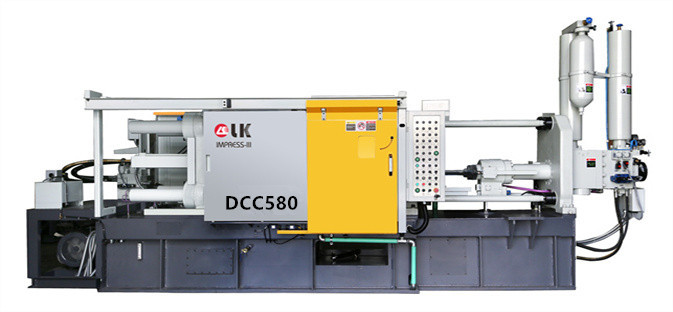
IV. Advantages of aluminum die-casting metal
4.1 Cost-effectiveness
The aluminum die-casting process has efficient production capacity and can significantly reduce production costs.
Compared with other metal materials, the raw material cost of aluminum alloy is lower, which is suitable for large-scale production and can meet the market demand
for low-cost, high-quality products.
4.2 Production efficiency
The aluminum die-casting process can achieve rapid prototyping and efficient production, especially the cold chamber die-casting process, which can produce a large
number of high-quality castings in a short time.
High production efficiency can meet the market demand for fast delivery and large-scale production.
4.3 Design flexibility
Aluminum die-casting metal has good fluidity and formability, can accurately replicate complex mold shapes and details, and provides high design freedom.
Designers can freely design parts of various shapes and structures according to their needs.
4.4 Environmental performance
Aluminum die-casting metal has good environmental performance. Aluminum is a recyclable metal material.
Waste aluminum castings can be recycled and reused in production, reducing resource waste and environmental pollution.
V. Future development trend of aluminum die-casting metal
5.1 Application of new materials
In the future, aluminum die-casting metal will continue to introduce new alloy materials to improve the performance and adaptability of castings. High-strength,
high-wear-resistant, and high-corrosion-resistant aluminum alloy materials will further expand the application field of aluminum die-casting metal.
5.2 process improvement
With the advancement of science and technology, aluminum die-casting technology will continue to improve and innovate.
New casting technologies such as vacuum die-casting, semi-solid die-casting, and 3D printing will gradually be applied to aluminum die-casting to improve the
quality and production efficiency of castings.
5.3 Intelligent manufacturing
Intelligent manufacturing is an important direction for the development of aluminum die-casting metal in the future.
By introducing intelligent production equipment, automated control systems, and big data analysis technology, intelligent management and optimization of the
production process can be achieved, and production efficiency and product quality can be improved.
5.4 Environmental protection and sustainable development
Environmental protection and sustainable development will become an important development trend of aluminum die-casting metal.
By improving the recycling rate, and reducing energy consumption and pollution emissions, aluminum die-casting metal will be promoted to develop in the direction
of green environmental protection and achieve sustainable utilization of resources.
Conclusion
Aluminum die-casting metal occupies an important position in industrial manufacturing with its excellent physical and mechanical properties, good casting process,
and broad application prospects.
In the future, with the continuous development of new materials, new processes, and intelligent manufacturing, aluminum die-casting metal will usher in a broader
development space.
I hope that this article can provide valuable information for practitioners and readers, and promote the advancement of aluminum die-casting metal technology and
the expansion of its application.
For more info, you can refer to: https://www.youtube.com/shorts/JLX410QV_kw
Contact LK Egypt to learn more info about the die-casting machine
LKAGENT OFFICE DCM
Address: Industry Zone, South of Port Said Kebly, Egypt
https://www.zazdiecasting.com/
Phone/WhatsApp/Wechat: +86 13598704163
Mobile: +20 101 304 3317 +20 150 181 8310
Email: jack@zazmae.com ahmedmahmoud@zazmae.com
#die cast tooling
#trivalent chromate
#rapid prototype casting
#a360 aluminum
#aluminum caster
#aluminum prototype
#ideal 55 slider parts
#density of aluminum kg/mm3
#magnesium sheet metal
#parts of a metal gate
#subcontracting of screw machining for the luxury sector
#wall aluminum
#die casting tooling
#tooling for die casting
#density of aluminium in kg mm3
#clear chromate
#es casting metals
#gating material
#prototype aluminum
#sigma castings
#subcontracting of screw-machining for household appliances
#we squeeze to please machine
#aluminium gravity die casting
#aluminum part
#aluminum rapid prototyping
#nickel casting
#plunger tip for die casting machine
#rapid prototyping aluminium
OTHER CONTENT
-
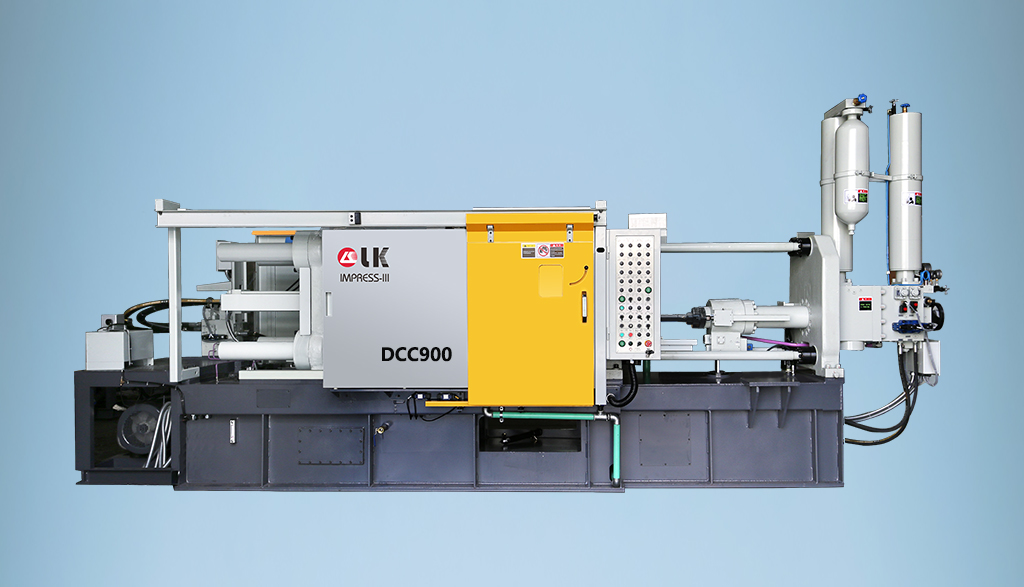
2024-09-19 14:16:15 LK Cold Chamber Die Casting Machine DCC900 Locking Force: 9000KN Die Height: 400-1000mm Space Between Tie Bars: 930x930mm Shot Weight: 13.5Kg Casting Area Max:2250c㎡
More -
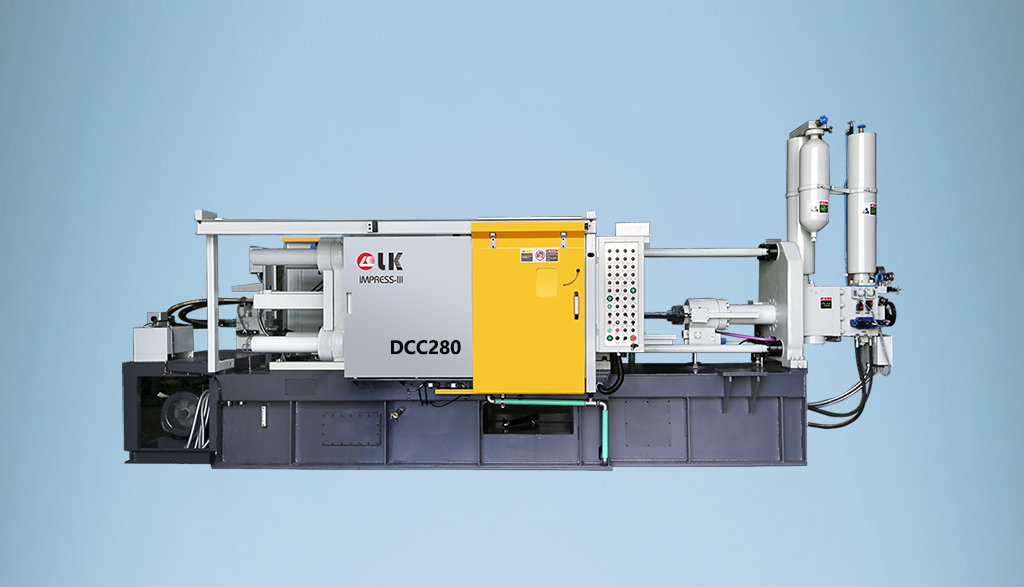
2024-09-19 14:11:06 LK Cold Chamber Die Casting Machine DCC280 Locking Force: 2800KN Die Height: 250-650mm Space Between Tie Bars: 560x560mm Shot Weight: 2.9Kg Casting Area Max:700c㎡
More -
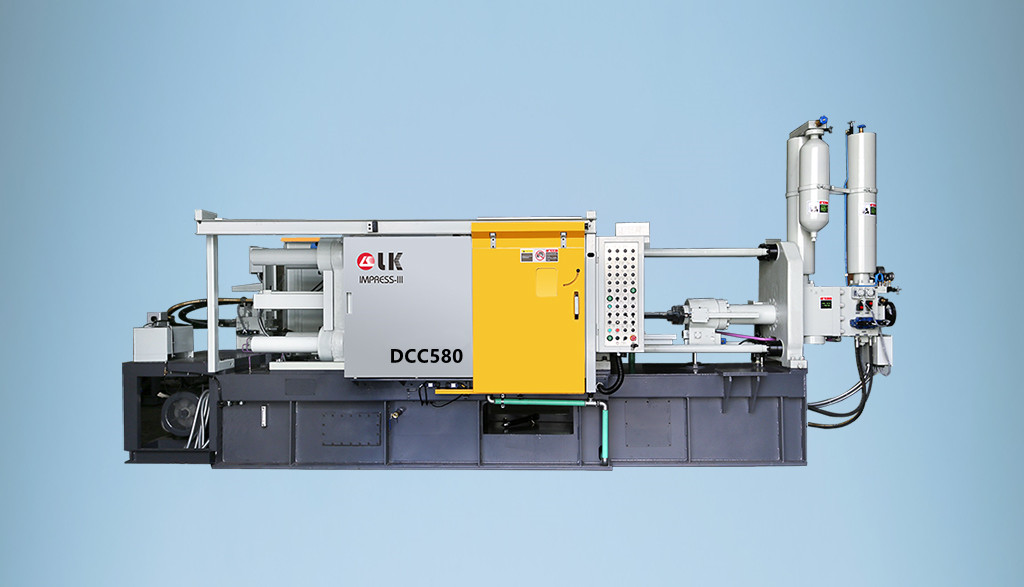
2024-09-19 10:23:07 LK Cold Chamber Die Casting Machine DCC580 Locking Force: 5000KN Die Heigh: 350-850mm Space Between Tie Bars: 760x760mm Shot Weight: 6.9Kg Casting Area Max:1250c㎡
More -
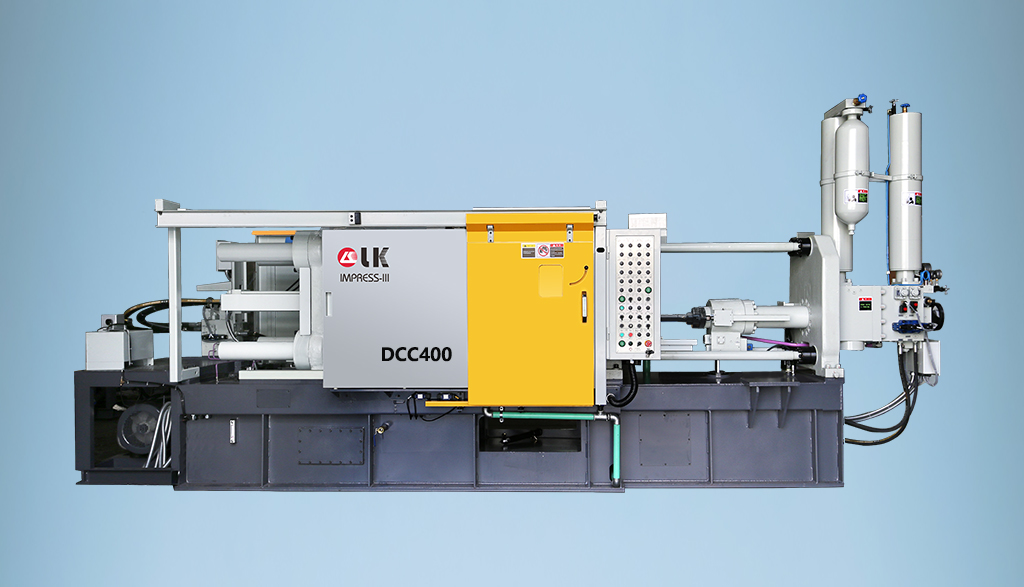
2024-09-19 10:11:20 LK Cold Chamber Die Casting Machine DCC400 Locking Force: 4000KN Die Height: 300-700mm Space Between Tie Bars: 669x669mm Shot Weight: 4.7Kg Casting Area Max:1000c㎡
More

